People
Mike Chappell
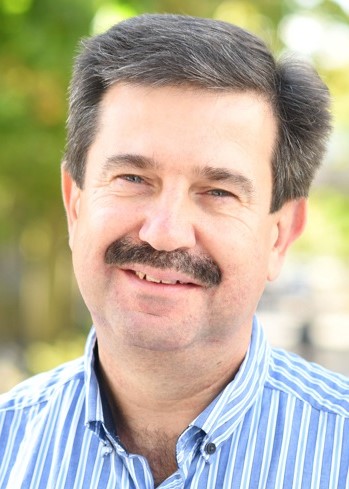
Mike Chappell (School of Engineering) leads the Systems and Information Engineering Discipline stream within Engineering at Warwick that includes the Biomedical and Biological Systems Laboratory within Engineering. He also co-leads the University’s Global Research Priority for Health. He has expertise in the modelling and analysis of biomedical, pharmacokinetic pharmacodynamic, biological, biomechanical and Quantitative and Systems Pharmacology (QSP) processes. He is a member of the Management Committee for the QSP-UK network that includes all of the major UK-based pharmaceutical companies.
Alister Crow

Allister Crow (School of Life Sciences) is a structural microbiologist focussed on understanding how bacteria divide, cause infections and defend themselves from antibiotics. His team uses a combination of X-ray crystallography and microbiological techniques to understand the structure and function of the molecules involved. His work has been fundamental in understanding how bacteria protect themselves through the expulsion of antimicrobial drugs.
Chris Dowson
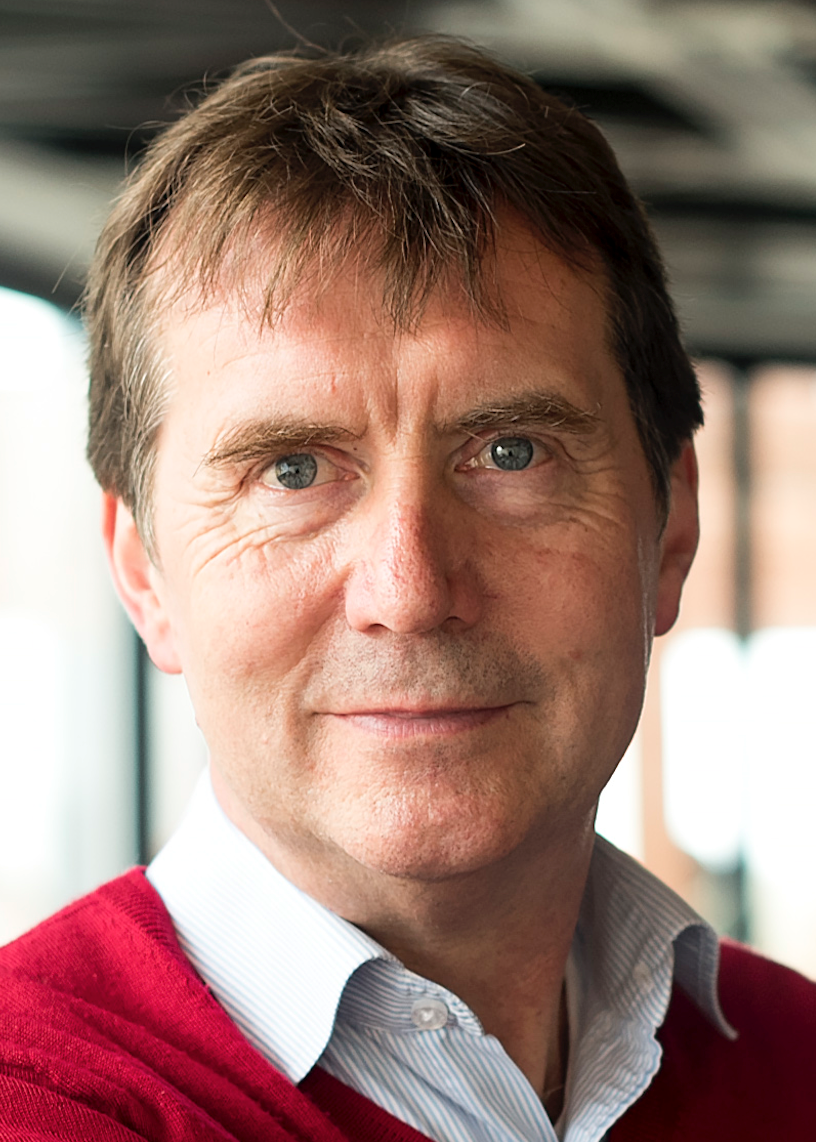
Chris Dowson Co-director (School of Life Sciences) has a strong record of developing collaborative, international multidisciplinary teams of academic and industry partners to help tackle antimicrobial resistance. Current research focusses upon discovery of multi-targeting inhibitors within the cell wall biosynthetic pathway with ‘for profit’ and ‘open-source antibiotics’ discovery teams, recognizing science policy as an important lever to renew antibiotic discovery and the next generation of leadership. Professor of Microbiology, past Lister Institute Centenary Fellow. Warwick Antimicrobial Interdisciplinary Centre, and Warwick Antimicrobial Screening Facility leadership.
Neil Evans
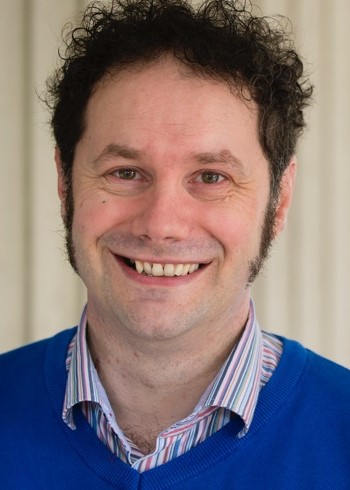
Neil Evans (School of Engineering) is a Biomedical Systems Engineering with a track record, working closely with industrial and hospital-based groups, in systems modelling and control of pharmacological, biomedical, and biomechanical processes. His particular expertise lies in model selection and validation. He is a Reader in the School of Engineering, and a member of the Biomedical Engineering Institute, the Warwick Antimicrobial Interdisciplinary Centre, and the International Federation of Automatic Control (IFAC) Technical Committee on Biological and Medical Systems.
Seamus Holden
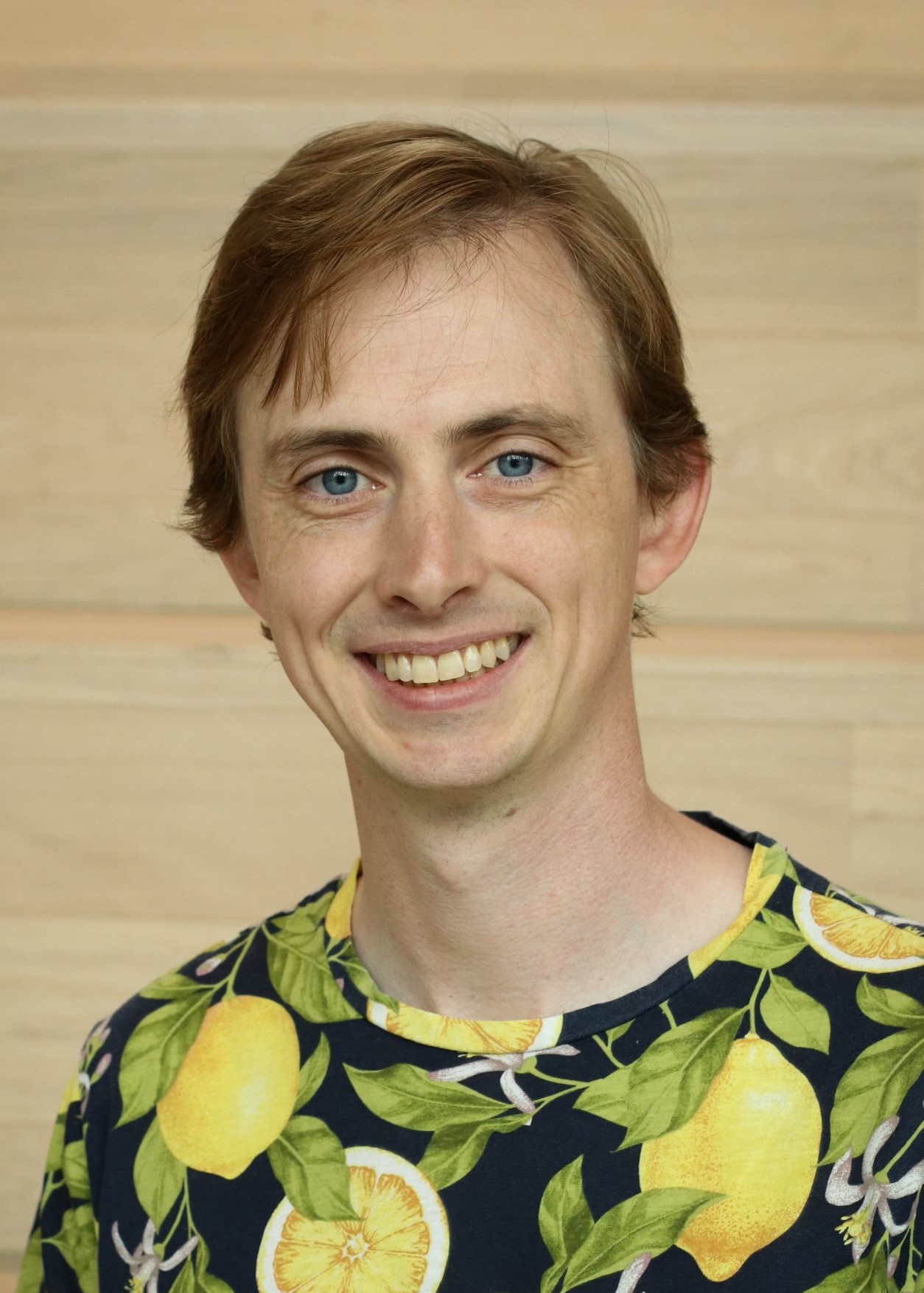
Seamus Holden (School of Life Sciences) FRMS is an experimental biophysicist who uses super-resolution microscopy to study bacterial cell envelope remodelling. His research focusses on understanding how proteins act as nanoscale machines to build the bacterial cell wall, which is one of the most important targets for antibiotics. He is an Associate Professor (Reader) at University of Warwick, a Wellcome Trust & Royal Society Sir Henry Dale Fellow and in 2020 he was awarded the British Biophysical Society Louise Johnson Early Career Award.
Józef Lewandowski

Józef Lewandowski (Department of Chemistry) FRSC is a chemist and structural biologist who combines solution and solid state NMR with molecular dynamics simulations and modelling to understand how antibiotics work, how they are made in nature and how this knowledge can be leveraged to make more effective antibiotics. He is Professor of Physical Chemistry involved in multiple highly interdisciplinary initiatives spanning chemistry, physics and biology.
Rudo Roemer

Rudo Roemer (Department of Physics) FInstP is a theoretical physicist, trained in quantum condensed matter physics with 190+ peer-reviewed research works. He is also fascinated by modelling protein rigidity, flexibility and the resulting dynamics. With colleagues from life sciences departments, this work has led to coarse-grained molecular studies of, e.g., HIV, immunosuppressants, and recently, an investigation into the dynamics and flexibility for more than 300 protein structures of the SARS-CoV-2 virus, the first such study to model the movement of the famous “spike” protein. Roemer is also editor-in-chief of Physica E: Low-dim. Systems and Nano-structures, and on other editorial boards.
David Roper
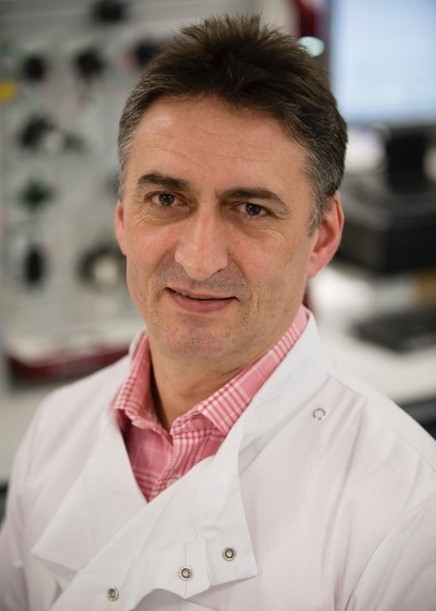
David Roper (School of Life Sciences) FRSC is a biochemist and structural biologist whose research is focused on the way in which bacteria make their cell walls grow and how that process is related to the way in which they divide, providing a relationship that may lead to the discovery of new antibiotics. He is also Director Research in the School of Life Sciences and was awarded an Academy of Medical Sciences, Hamied Foundation UK-India AMR Visiting Professorship in 2018 and was a Vagelos College of Physicians & Surgeons, Columbia University visiting Schaefer Research Scholar in 2020.
Phillip Stansfeld
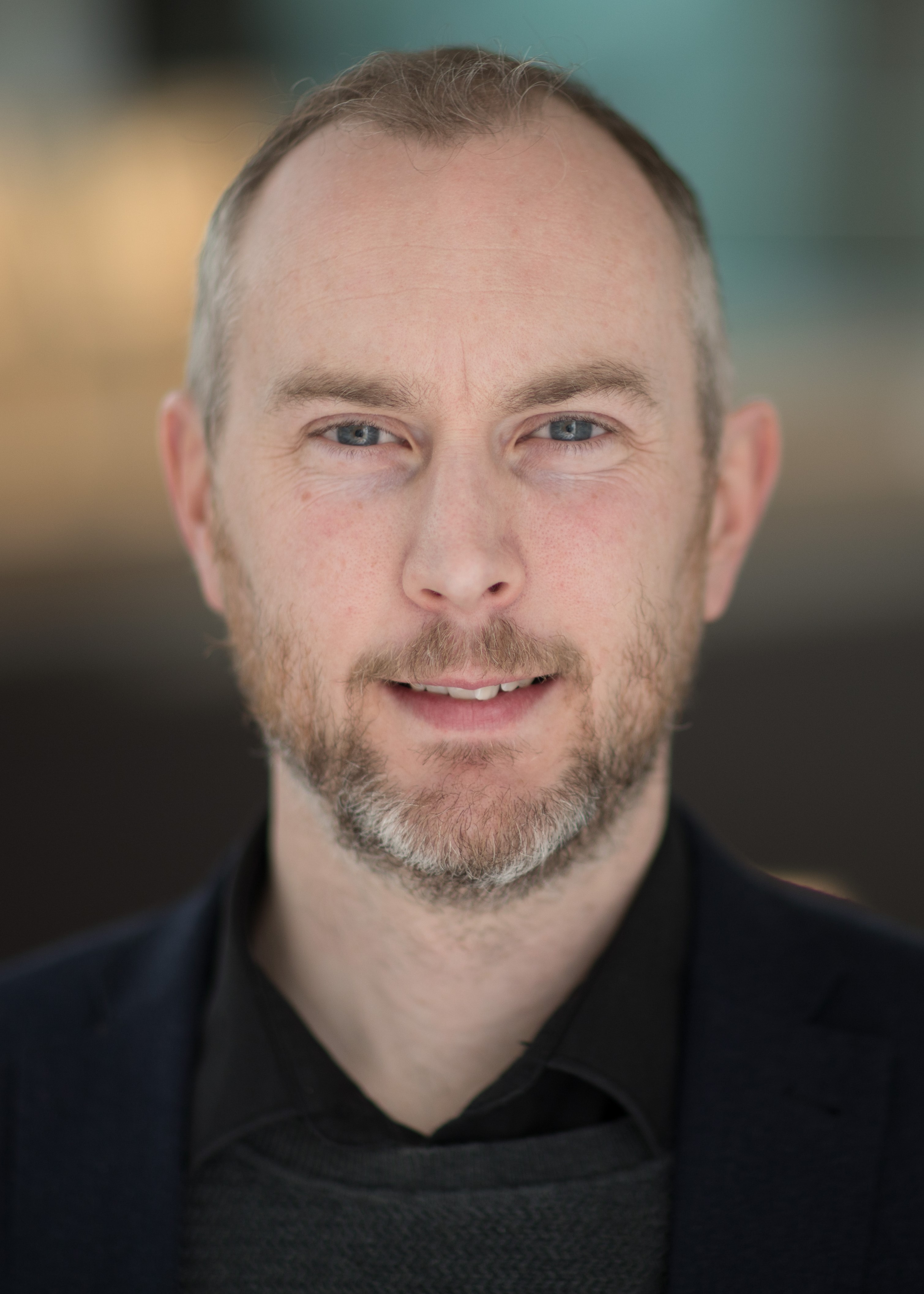
Phillip Stansfeld Co-director (School of Life Sciences/ Department of Chemistry) is a computational biochemist, using molecular modelling and dynamics techniques to study biomolecular membrane protein complexes involved in disease. His group uses state-of-the-art high performance computing and the latest computational software to study protein structure, drug interactions and lipid membrane dynamics. He is a Professorial joint appointment between Life Sciences and Chemistry, illustrating the inter-disciplinarity and collaborative nature of his group’s research.
.
